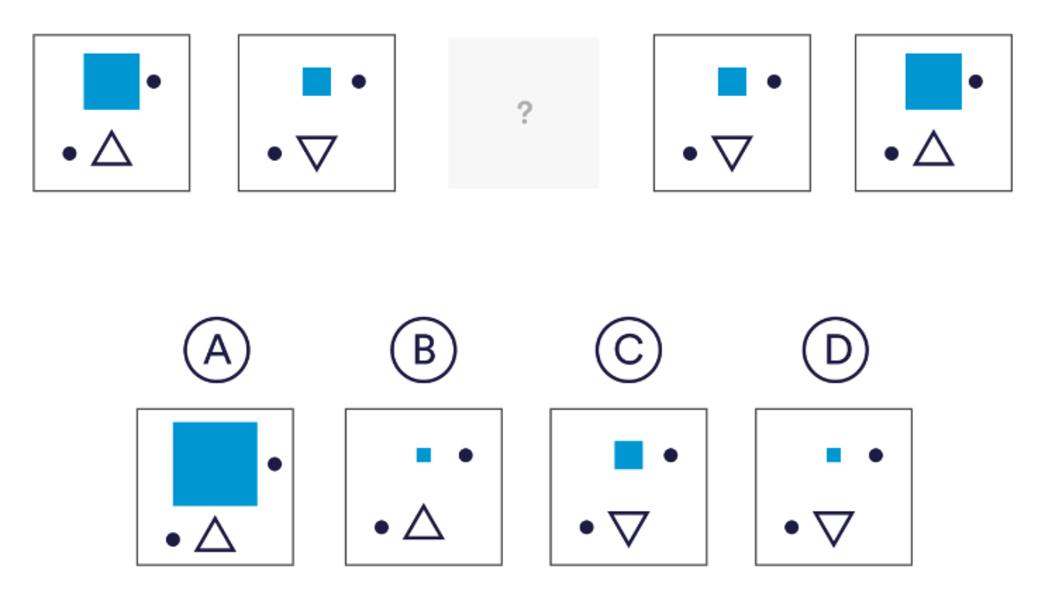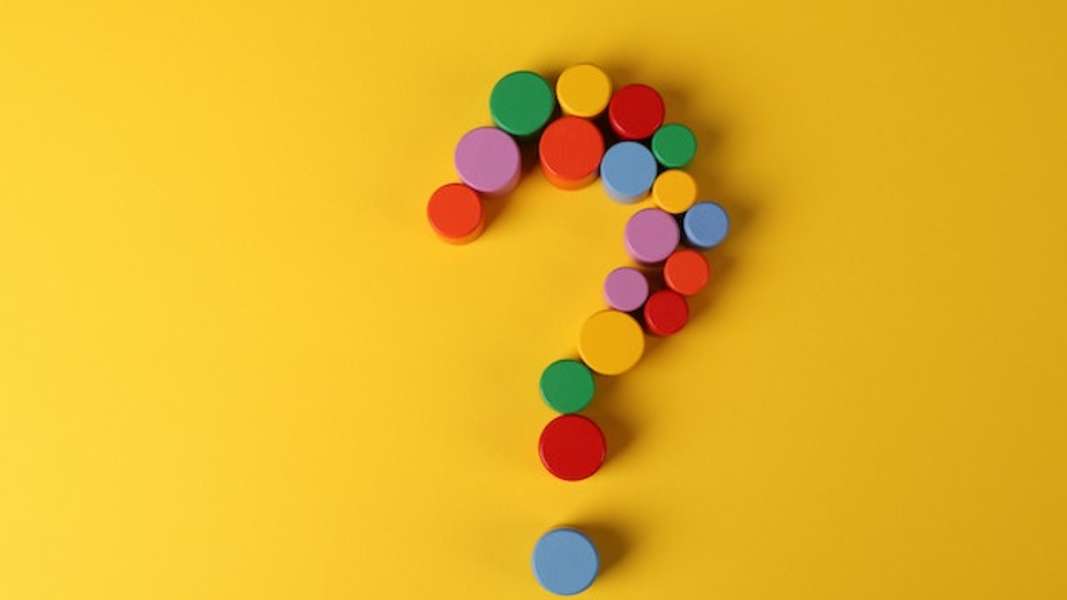About the SHL Inductive Ability Tests
SHL is a well-known publisher of pre-employment screening assessments, and their range of tests is used by a variety of companies across many industries, including:
- Amazon
- Microsoft
- BAE Systems
- Credit Suisse
- Heineken
- Danone
They produce tests used by half of the Fortune Global 500 companies, and their tests range from aptitude tests like inductive reasoning, deductive reasoning and verbal reasoning, behavioral assessments like situational judgment tests, and personality tests such as the Occupational Personality Questionnaire and the Motivational Questionnaire. They also make skills tests and job-focused assessments.
The SHL Inductive Ability Test is used to assess the cognitive ability of candidates. There are three versions of the assessment that you could face if you have applied for a role that needs abstract logical skills:
- SHL Verify G+ Inductive Reasoning (interactive)
- SHL Verify G+ Inductive Reasoning (non-interactive)
- CEB SHL Inductive Reasoning
Although the structure and method of answering the questions presented might differ between these three versions of the assessment, the basic content and what the test is assessing is the same.
Inductive reasoning tests are about your ability to take specific information to find a logical conclusion, by recognizing patterns and applying them.
In the inductive reasoning assessment, your logical thinking is assessed in a non-verbal way - you will be presented with a series of images or shapes that are in a sequence, with one item missing (usually the last in the sequence).
To answer the question correctly, you need to be able to recognize the rule or pattern that governs the sequence and apply it to find the answer.
The sequence might be created through movement, reflection, changes in color, size, or shape - or any combination of these. The pattern might not immediately be obvious, but there will be a connection as to how these shapes move.
Inductive Reasoning Vs Deductive Reasoning
There are two types of logical reasoning tests that tend to be used in the recruitment process and they look at different areas.
Inductive Reasoning
Inductive reasoning is about developing a theory, using specific given information to create a broad generalization and a conclusion.
This is done by having specific information (in the test, this will be the first few items in a sequence), and then finding the patterns in the information to create a logical theory.
Inductive reasoning tests are non-verbal and usually non-numerical, which means that the questions are based on shapes or images.
Deductive Reasoning
Deductive reasoning is almost the opposite; in this case, you will use general information to find specific answers.
You would start with an existing theory, formulate a hypothesis about it, and then collect and analyze data to decide if the hypothesis is correct.
In a deductive reasoning test, you will usually be provided with a couple of sentences about a subject, and you will have to decide if the given conclusion is true based on the general information that you have been given.
Inductive reasoning tests that you might face as part of the recruitment process might be referred to as abstract reasoning or diagrammatic reasoning tests, while deductive reasoning tests can be known as logical reasoning tests.
SHL Inductive Ability Test Format
SHL Verify G+ Inductive Reasoning Test (Interactive)
This interactive version of the assessment is one that you are expected to get more involved in than the typical multiple-choice type of pre-employment test.
You will usually be invited to complete the test via an email link sent to you by the recruitment team; the test is taken online in your own time. In some cases, you might be asked to complete the test during an assessment center instead.
The test presents sequences of items, as you would expect, but you need to move items on the screen around to answer the question. You might need to drag and drop the correct answer into the right place in the sequence, or complete the sequence by drawing a line, for example.
The test itself comprises 15 questions that must be answered in 18 minutes.
SHL Verify G+ Inductive Reasoning Test (Non-Interactive)
This non-interactive version of the Verify G+ is similar to the interactive test in as much as it is taken online in your own time, and is based on sequences of shapes and patterns.
What makes it slightly different is that instead of interacting with the sequences to answer the question, you are instead presented with 4-5 multiple choice options to find the answer.
This test lasts slightly longer and asks a few more questions - you will have 24 minutes to answer 18 questions.
SHL CEB Inductive Reasoning Test
The SHL CEB test is the older version of the Verify G+ inductive reasoning tests, and although it is used less there are some companies that still have this test as part of their recruitment process.
Like the non-interactive test, this is a multiple-choice assessment with 4-5 possible answers presented for each question.
The SHL CEB test asks 24 questions that need to be completed within 25 minutes.
Example Inductive Ability Question
Identify the patterns and work out which of the suggested images would complete the sequence.
a) A
b) B
c) C
d) D
Solution:
The first pattern that you can identify is the pentagon in the bottom corner alternately flipping vertically, ruling out C and D. The only difference between A and B is the size of the square, in order to maintain a sequential pattern B must be correct, the square grows in size then shrinks as it progresses along the sequence.
How to prepare for and pass an SHL inductive ability test
1. Train your brain
Although aptitude tests are about your cognitive ability, inductive reasoning might not be something that you are familiar with - and getting your mind ready to be looking for patterns in unfamiliar information is important.
There are different ways to train your brain, and some can be more fun than others. You might not be able to revise the skills like you can with numerical reasoning or verbal reasoning tests, but you can use puzzles and games like cryptic crosswords, or even play some ‘brain training’ games on your smartphone.
2. Practice tests
Unfamiliarity can be a barrier to good performance, so practice tests are an invaluable way to prepare for your SHL Inductive Reasoning test.
Taking an SHL-style inductive reasoning test will show you the content that you might be facing, as well as the structure and layout of the assessment. You can use these practice tests to see the different ways that a sequence might be created, and see how your training has helped so far.
For the best experience, make sure that you are using a timer, and taking the test under exam conditions - somewhere quiet where you are not going to be disturbed.
3. Physical preparation
Your brain is essentially a machine, and it needs the right fuel to work at its best - which means that you need to make sure that before the assessment you have had enough sleep.
Aside from rest, nutrition is also important. Make sure that you eat at least one healthy, balanced meal on the day, and stay hydrated. You want to be sure that you are doing all you can to make sure your body is working as well as it can.
FAQs
How can I improve my inductive ability?
Inductive ability can be improved along with your logical thinking through puzzles, crosswords, and similar games. You can also improve through playing ‘brain training’ games on your smartphone, and through taking practice inductive reasoning tests.
How are SHL inductive ability tests scored?
When you complete the SHL inductive reasoning test, you will be sent a PDF called the Candidate Assessment Report. In this, you will get some general feedback and your test results will be presented in a grouping on a scale from A (top) to E (bottom). The better you scored, the closer to A your score will be, and your score is compared to a norm group made of previous test-takers. The score you need to pass will depend on the benchmark set by the company that you have applied for.
How long are SHL inductive ability tests?
All three versions of the SHL Inductive Reasoning tests last less than 30 minutes, with the following specific time limits:
-
SHL Verify G+ Inductive Reasoning (interactive) - 15 questions in 18 minutes
-
SHL Verify G+ Inductive Reasoning (non-interactive) - 18 questions in 24 minutes
-
CEB SHL Logical Inductive Reasoning - 24 questions in 25 minutes.
Are SHL inductive ability tests difficult?
Indicative reasoning tests are straightforward in content, but because we don’t always use this aptitude in daily life, it can feel difficult. They are designed to be challenging enough to differentiate between candidates as part of the recruitment process, however. Practice helps with familiarity, and will make it more likely that you will be able to approach the assessment with confidence.




